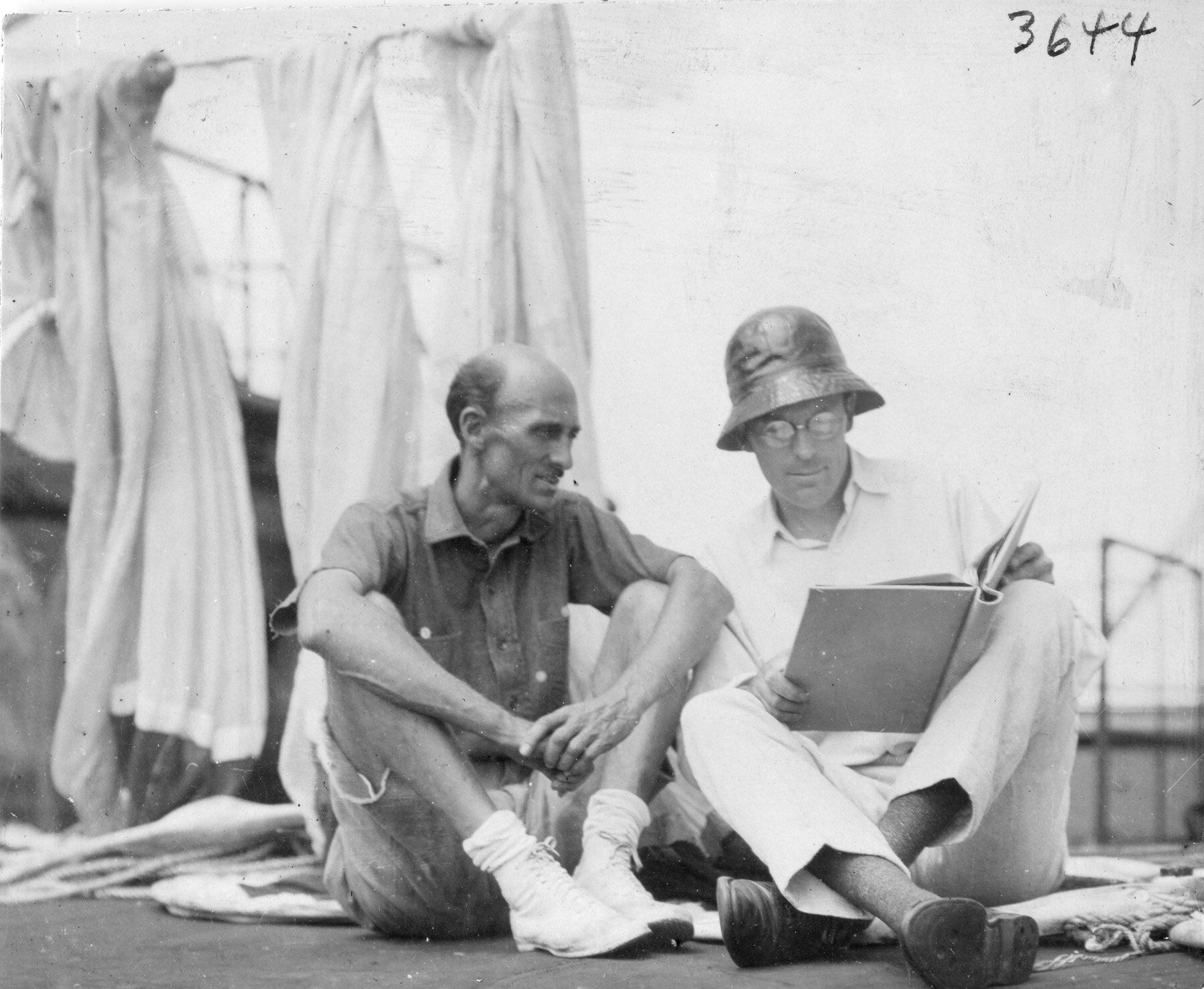William Beebe’s Arcturus Adventure Rediscovered
Mark Dion & Ron Holthuysen
Collaboration
For NORWEGIAN PORT MIAMI TERMINAL
PROJECT
Mark Dion and Ron Holthuysen are collaborating to produce a large sculptural project for the Norwegian Cruise Line Terminal B at the Port of Miami, which entails a large scale ship model of The Arcturus.
This landmark ship in the history of marine
biological art and science would be constructed in such a way as to have numerous cut-away sections to reveal the inner workings of the ship and laboratory.
the arcturus
The Arcturus was a paragon of adventure science and fortunately was remarkably well documented. Through this documentation Dion and Ron Holthuysen’s Scientific Art Studio will construct a marvelously detailed ship model in which viewers can explore the inner working of a marine biology laboratory form the heyday of natural history.
This work will be testament to the nautical contribution to marine biology and the understanding of the evolution of life on earth.
History of the Arcturus Adventure
a floating laboratory
The Arcturus Adventure was the New York Zoological Society’s first oceanographic expedition, commanded by celebrity scientist William Beebe, who was then the Director of the Department of Tropical Research. Throughout the DTR expeditions, Beebe and his team of scientists worked side-by-side with artists to illustrate the species they observed. In an era when photographic technologies were limited, these staff artists used their pens and brushes to construct visualizations of natural environments that were frequently difficult or even impossible to access, let alone record. This collaboration reached a wide general public through publications and expedition artists worked with Beebe to depict the sometimes never-before-seen deep-sea species dredged for the ocean floor.
art & science
Many of the DTR’s team, both scientists and artist were highly skilled women. In an era when science was sexist by exclusion the DTR fostered the careers of pioneering woman ecologist and illustrators. While some drawings were technical illustrations for the DTR’s scientific publications, others functioned well beyond the scientific vernacular. Featured in such popular publications as National Geographic Magazine, Popular Science and the New York Times, they gave general audiences a way to envision nature and scientific investigation at the forefront of evolutionary zoology.
Photos © Wildlife Conservation Society. Reproduced by permission of the WCS archives.







































